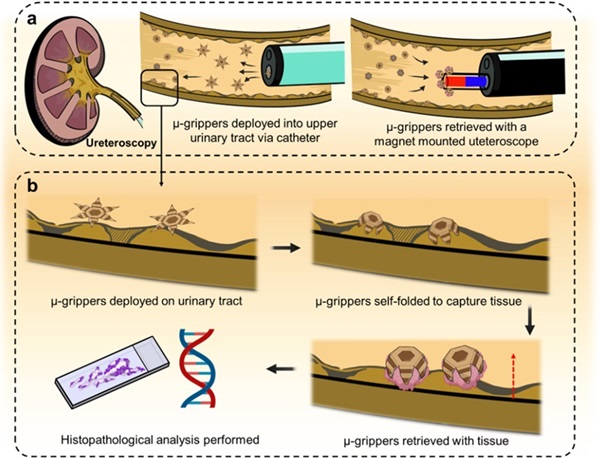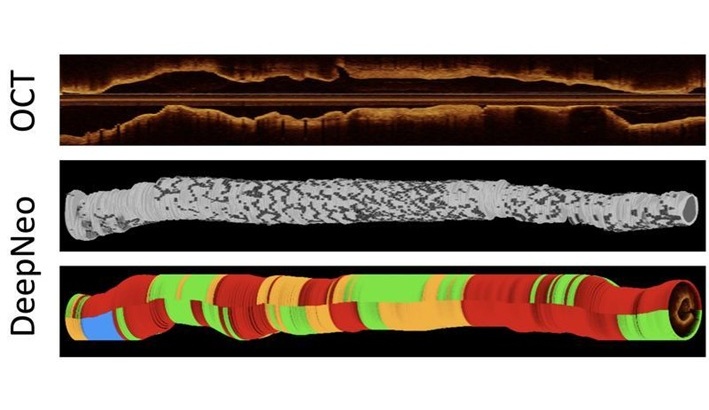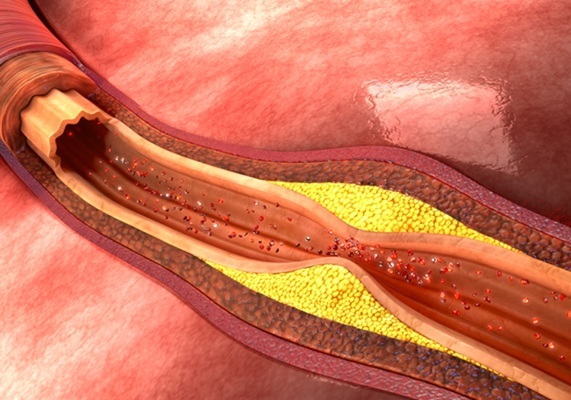Microgrippers For Miniature Biopsies to Create New Cancer Diagnostic Screening Paradigm
|
By HospiMedica International staff writers Posted on 31 Oct 2024 |

The standard diagnosis of upper urinary tract cancers typically involves the removal of suspicious tissue using forceps, a procedure that is technically challenging and samples only a single region of the organ. The ureters, which transport urine from the kidneys to the bladder, measure less than five millimeters in diameter and can be up to 30 centimeters long. This size constraint limits the tools that can be used, as well as the quality and quantity of the tissue samples collected. Researchers are now working on developing microgrippers that can be utilized throughout the upper urinary tract, allowing them to capture tiny pieces of tissue from numerous locations and potentially aiding in the early detection of diseases.
A team of researchers at Johns Hopkins University (Baltimore, MD, USA) had earlier created microgrippers for the gastrointestinal tract. In their latest study, they shifted their focus to the upper urinary tract, where the complex anatomy and location pose challenges for obtaining tissue samples. The researchers designed their microgrippers to be incredibly small—less than 750 microns, smaller than the tip of a sharpened pencil. The microgrippers feature a star-like shape with six arms connected by multiple hinges, enabling them to fold into a claw-like form. Once tissue is collected, a magnet can be used to retrieve the microgrippers, which can then be analyzed together to check for cancerous samples. These microgrippers act like a loaded spring and can be produced en masse in sheets coated with food-grade wax that keeps them flat. When exposed to body temperature, the wax softens, releasing the spring’s energy, which allows the microgrippers to fold and exert enough force to pierce and grasp surrounding tissue.
Standard biopsies of the upper urinary tract typically employ a specialized ureteral catheter that guides forceps through the urinary tract to collect tissue. To assess whether the microgrippers could be compatible with this method, the researchers loaded approximately 200 microgrippers into a vial and propelled them through three different commercial catheters using compressed air. They discovered that all catheter types had similar passage rates, with about 80% of the microgrippers successfully navigating through. The team then tested the microgrippers in an ex vivo pig ureter. They deployed the microgrippers into the excised organ and incubated the ureter at body temperature for roughly ten minutes. Afterward, they used a magnet to retrieve the microgrippers, finding that most had successfully collected small clusters of tissue.
As reported in preclinical research published in the journal Advanced Healthcare Materials, the team’s analysis of the collected tissue indicated that the microgrippers could retrieve multiple layers of urothelial cells, demonstrating that this technique can yield diagnostic-quality samples. While each microgripper captures only a small amount of tissue, deploying hundreds into the upper urinary tract could collect an amount comparable to that obtained through traditional biopsy methods. However, this tissue would be gathered from various regions of the organ rather than a single localized area, which could enhance the effectiveness of the microgrippers as a screening tool. Although the current focus is on the upper urinary and gastrointestinal tracts, the microgrippers could potentially be adapted for use in other organs.
“We’re aiming to create a new diagnostic screening paradigm that could find cancerous cells before a visible tumor develops, which could enable earlier cancer detection and jumpstart treatment,” said senior study author David Gracias, Ph.D., a professor at Johns Hopkins University. “We envision using this sampling method to determine the overall health of an entire organ. Clinicians could someday use microgrippers to screen high-risk patients, potentially finding disease before symptoms develop.”
Latest Surgical Techniques News
- DNA Origami Improves Imaging of Dense Pancreatic Tissue for Cancer Detection and Treatment
- Pioneering Sutureless Coronary Bypass Technology to Eliminate Open-Chest Procedures
- Intravascular Imaging for Guiding Stent Implantation Ensures Safer Stenting Procedures
- World's First AI Surgical Guidance Platform Allows Surgeons to Measure Success in Real-Time
- AI-Generated Synthetic Scarred Hearts Aid Atrial Fibrillation Treatment
- New Class of Bioadhesives to Connect Human Tissues to Long-Term Medical Implants
- New Transcatheter Valve Found Safe and Effective for Treating Aortic Regurgitation
- Minimally Invasive Valve Repair Reduces Hospitalizations in Severe Tricuspid Regurgitation Patients
- Tiny Robotic Tools Powered by Magnetic Fields to Enable Minimally Invasive Brain Surgery
- Magnetic Tweezers Make Robotic Surgery Safer and More Precise
- AI-Powered Surgical Planning Tool Improves Pre-Op Planning
- Novel Sensing System Restores Missing Sense of Touch in Minimally Invasive Surgery
- Headset-Based AR Navigation System Improves EVD Placement
- Higher Electrode Density Improves Epilepsy Surgery by Pinpointing Where Seizures Begin
- Open-Source Tool Optimizes Placement of Visual Brain Implants
- Easy-To-Apply Gel Could Prevent Formation of Post-Surgical Abdominal Adhesions
Channels
Critical Care
view channel
AI Model Analyzes Patient Data to Diagnose Multiple Sclerosis With 90% Accuracy
Multiple sclerosis (MS) is a chronic inflammatory condition affecting the central nervous system. Most patients initially experience the relapsing-remitting form (RRMS), characterized by periods of symptom... Read more
Magnetically Navigable Microparticles Enable Targeted Drug Delivery
Abdominal aortic aneurysms (AAA) can be life-threatening if not treated and result in nearly 10,000 deaths annually. Researchers working to improve treatments for AAA could now make it possible for doctors... Read more
AI-Powered Algorithm Automates Analysis of Coronary Stents After Implantation
Every year, over three million people globally receive stents to open blocked blood vessels caused by heart disease. However, monitoring the healing process after stent implantation remains a significant challenge.... Read morePatient Care
view channel
Portable Biosensor Platform to Reduce Hospital-Acquired Infections
Approximately 4 million patients in the European Union acquire healthcare-associated infections (HAIs) or nosocomial infections each year, with around 37,000 deaths directly resulting from these infections,... Read moreFirst-Of-Its-Kind Portable Germicidal Light Technology Disinfects High-Touch Clinical Surfaces in Seconds
Reducing healthcare-acquired infections (HAIs) remains a pressing issue within global healthcare systems. In the United States alone, 1.7 million patients contract HAIs annually, leading to approximately... Read more
Surgical Capacity Optimization Solution Helps Hospitals Boost OR Utilization
An innovative solution has the capability to transform surgical capacity utilization by targeting the root cause of surgical block time inefficiencies. Fujitsu Limited’s (Tokyo, Japan) Surgical Capacity... Read more
Game-Changing Innovation in Surgical Instrument Sterilization Significantly Improves OR Throughput
A groundbreaking innovation enables hospitals to significantly improve instrument processing time and throughput in operating rooms (ORs) and sterile processing departments. Turbett Surgical, Inc.... Read moreHealth IT
view channel
Printable Molecule-Selective Nanoparticles Enable Mass Production of Wearable Biosensors
The future of medicine is likely to focus on the personalization of healthcare—understanding exactly what an individual requires and delivering the appropriate combination of nutrients, metabolites, and... Read more
Smartwatches Could Detect Congestive Heart Failure
Diagnosing congestive heart failure (CHF) typically requires expensive and time-consuming imaging techniques like echocardiography, also known as cardiac ultrasound. Previously, detecting CHF by analyzing... Read moreBusiness
view channel
Expanded Collaboration to Transform OR Technology Through AI and Automation
The expansion of an existing collaboration between three leading companies aims to develop artificial intelligence (AI)-driven solutions for smart operating rooms with sophisticated monitoring and automation.... Read more
















